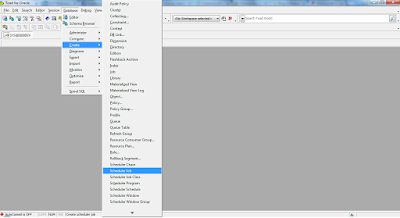Useful Linux System Log Management Commands
who command
who ordered the report query utmp file and each user currently logged on. Who's the default output, including user name, terminal type, login date and the remote host. Use this command, the system administrator can view the current system, what are the unscrupulous users to its audit and processing. For example: Run the who command displays as follows:
If specified in the wtmp file name, who commands all previous records check. Command who / var / log / wtmp wtmp file was created since the report has been altered or every login. For example: run the command as follows:
users command
users print out a single line with the current logged on user, the user name corresponds to each display a login session. If a user has more than one login session, and that his name will show the same number of users. Run the command as follows:
last command
wtmp last command to display the search back the file for the first time since the inception logged user. System administrators can periodically log these users to conduct audit and assessment, which found problems in starting to identify illegal users, and processing. Run the command, as follows:
The reader can see, using the above command to display too much information, discrimination is very small. So, you can specify the user to display the login information you can. For example: reboot using the last reoot to display the history log messages, as follows:
lastlog command
lastlog file each time a user logs are queries. Can use the lastlog command to check a particular user last login time, and format the output the last login log / var / log / lastlog content. It is sorted according to the login UID, port (tty), and last login time. If a user has never logged, lastlog shows ** Never logged **. Attention to the need to root, run the command. Run the command as follows:









Comments
Post a Comment